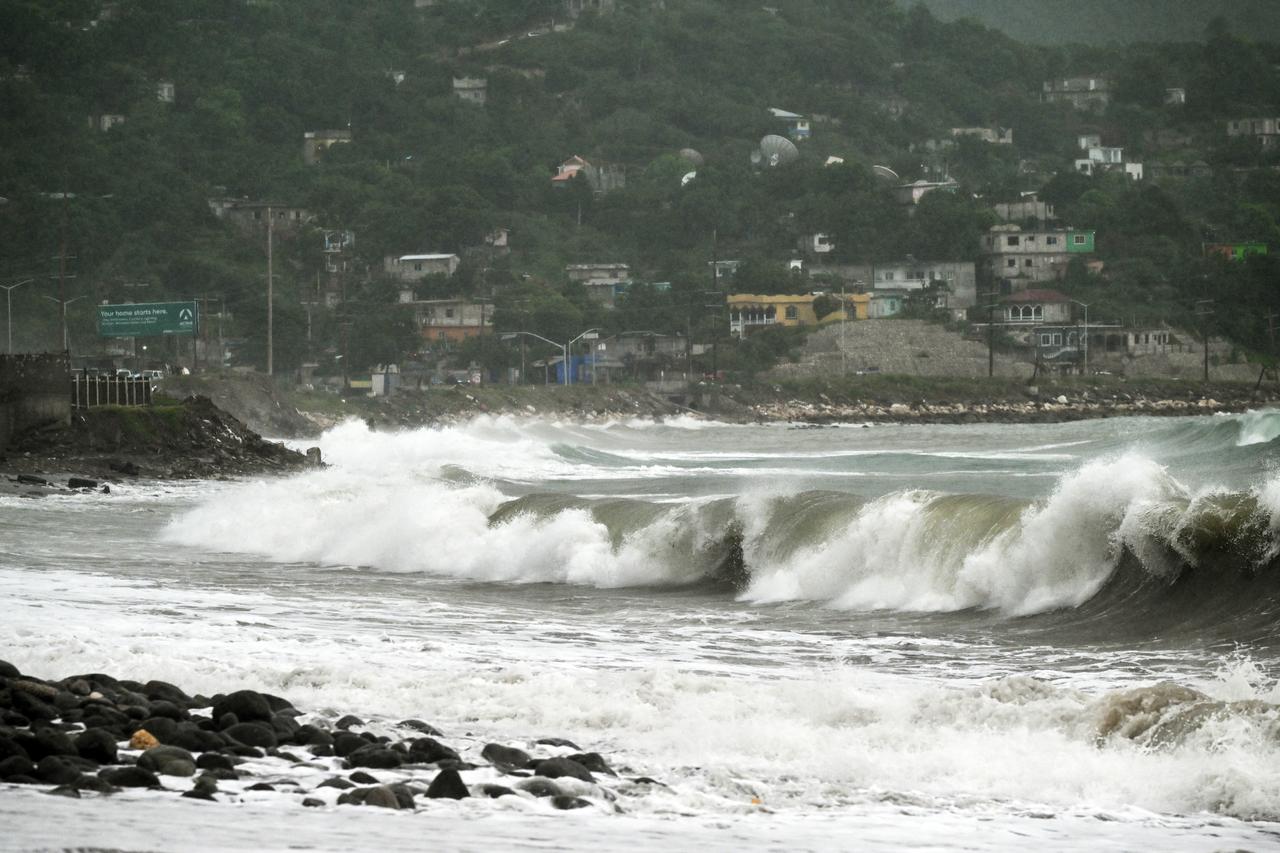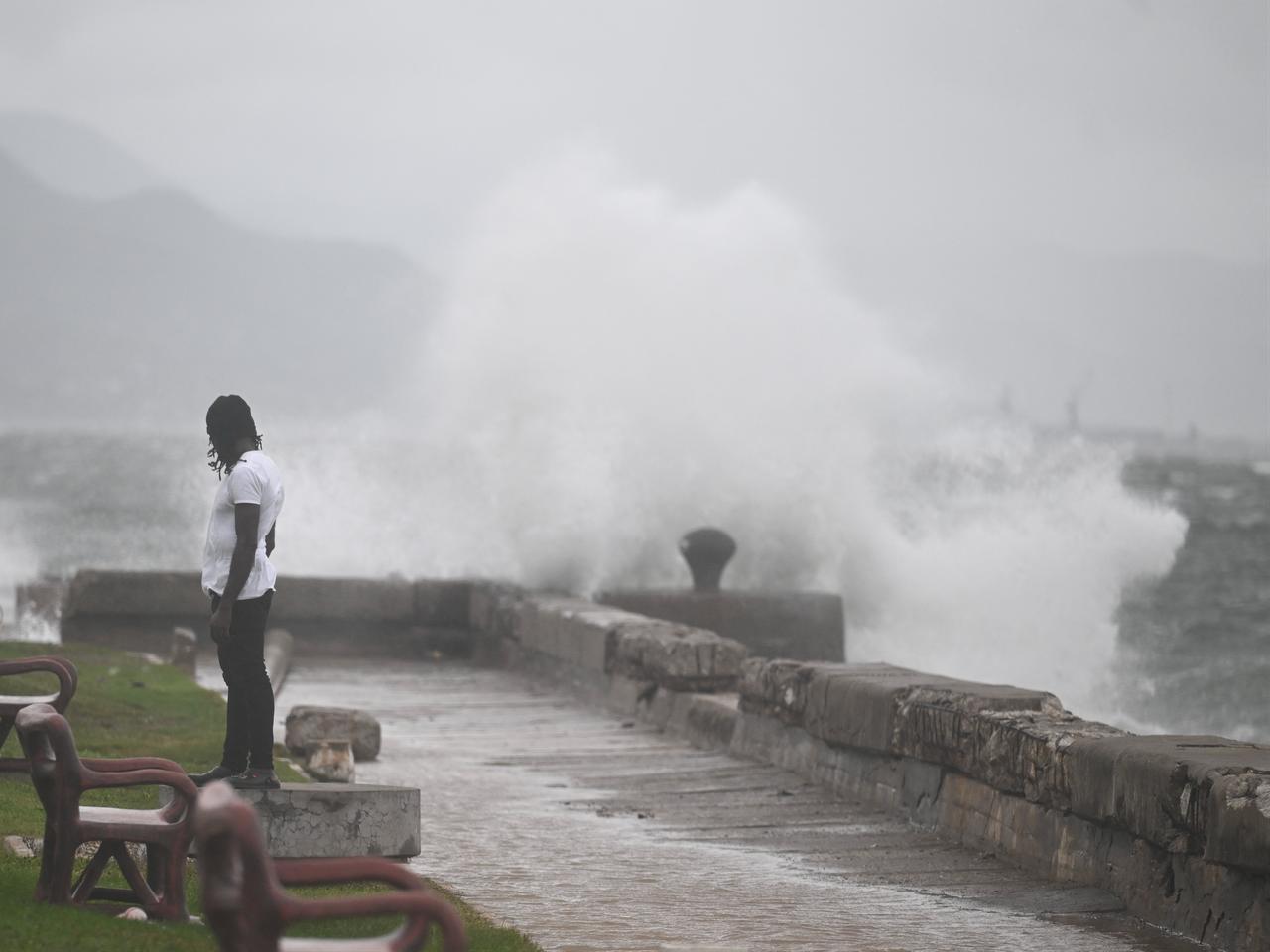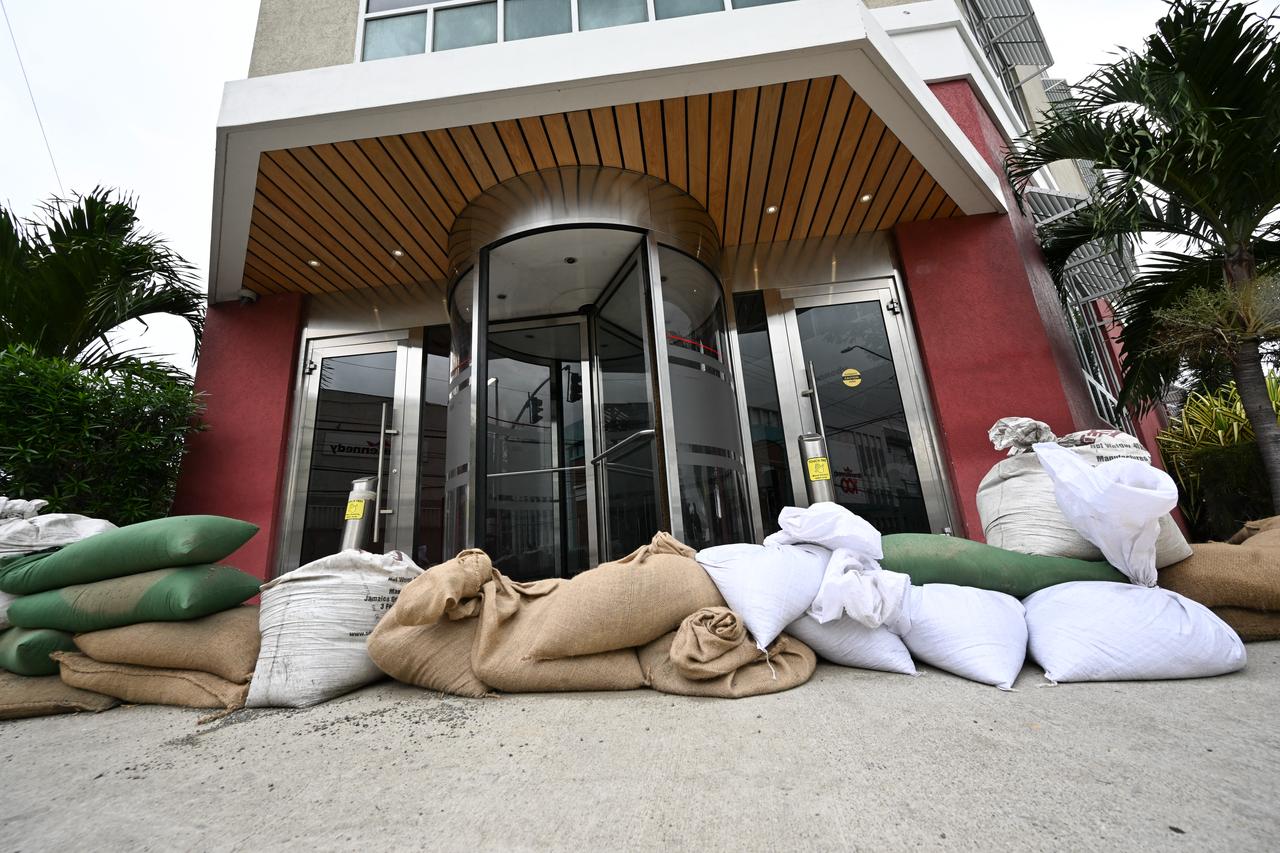
The U.S. National Hurricane Center (NHC) reported that Hurricane Melissa was approximately 150 miles (240 kilometers) from Kingston late Monday, with maximum sustained winds of 175 miles per hour.
The storm was moving northwest at about 2 miles per hour and is expected to turn north overnight and move northeast on Tuesday.
Authorities in Jamaica have confirmed three deaths related to storm preparations, including incidents involving tree cutting and ladder work.
Additional fatalities have been reported in Haiti and the Dominican Republic, where heavy rainfall has caused flooding and landslides.
Jamaican Prime Minister Andrew Holness has ordered evacuations in vulnerable areas and urged residents to comply with safety measures. Officials noted that infrastructure in western regions may not withstand a Category 5 storm.

Local government minister Desmond McKenzie noted that of Jamaica’s 880 shelters, only 133 were currently hosting residents, and he urged those in flood-prone or low-lying areas to move immediately to higher ground.
The NHC has forecast up to 40 inches of rainfall in some areas, with the potential for flash flooding, landslides and storm surges up to 13 feet (4 meters) along the southern coast. The storm’s slow movement increases the duration of hazardous conditions.

Meteorologists and climate scientists have noted that the storm’s rapid intensification is consistent with patterns associated with warmer Atlantic Ocean temperatures and broader human-driven climate change.
Studies indicate that rising sea surface temperatures can contribute to stronger, faster-developing storms in the Caribbean region.
Following its impact on Jamaica, Melissa is expected to move toward eastern Cuba on Tuesday night, maintaining hurricane strength.
Authorities in the region continue to monitor the storm and have issued warnings for potential impacts on coastal and low-lying communities in Cuba, Haiti, and the Dominican Republic.